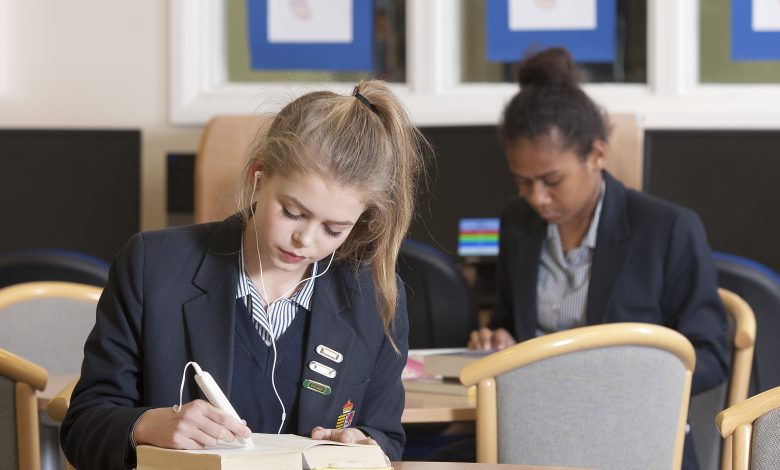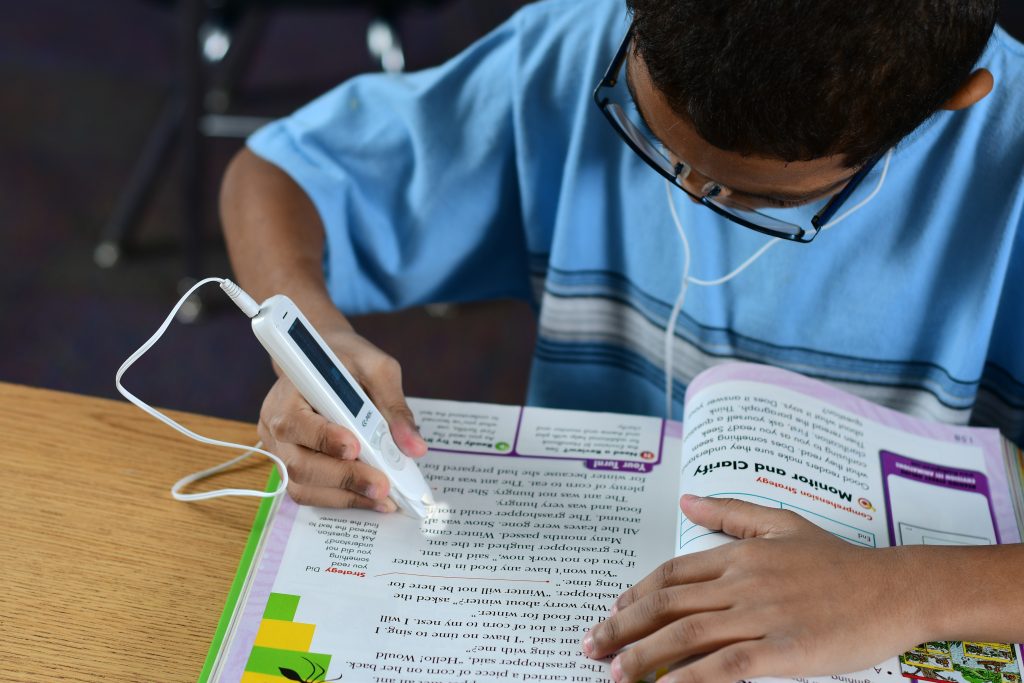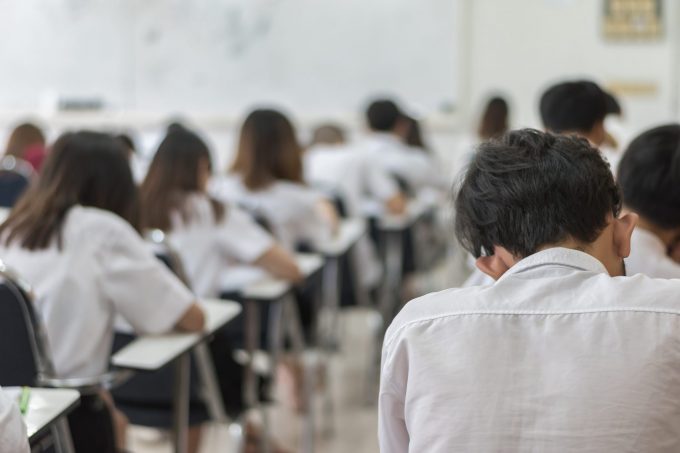
Dyslexia is an alternative way of thinking, which affects an estimated 20 percent of Australian children. This means that between one and five children in every Australian classroom has mild, moderate, or extreme dyslexia, or is a struggling reader. It is almost inevitable, then, that every teacher will work with at least one student with dyslexia during their career.
Read the latest print edition of School News HERE
Dyslexia is often understood as difficulties with reading and writing, which can extend to numeracy and musical notation. It is characterised by challenges with accurate and/or fluent single word decoding and word recognition. Students with dyslexia tend to think in pictures rather than words, and process information in a different part of the brain to word-based, neurotypical thinkers. It occurs across a range of intellectual abilities, and affects each individual differently.
Rather than understanding specifics first, dyslexic thinkers learn by developing a big picture or the overall idea of a concept, and then filling in the details. This means dyslexics are often credited as out-of-the-box thinkers, with the ability to come up with new strategies and solutions to problems.
Much more than trouble with reading and writing, then, dyslexia can impact skills including planning and organising, short-term memory and concentration, and information processing. This can make the classroom a particularly challenging environment.
All students with different learning needs, including dyslexia, must be supported to achieve their potential, and identifying dyslexia early is crucial. Not every student who struggles with reading and writing is dyslexic, so it is important to check for other learning or sensory needs which may be impacting a students ability to concentrate and focus. Of course, students can have more than one additional learning need, so a dyslexic profile alone may not explain a student’s struggles in the classroom.
Schools should be equipped with the necessary screening tools and equipment, as well as trained staff, who can assess children for dyslexia, and provide ongoing screening, support, and feedback as required. Specialist external providers, such as an educational psychologist, can also provide assessments to screen for dyslexia, and assist school staff, students, and families to design a learning plan. An assessment for dyslexia should include a complete picture of the student’s history, including developmental milestones, medical history, previous access to education, and family aspects.
It is also important to provide accurate information to parents about what dyslexia is and how their child can be supported. With some learning adjustments and supports, dyslexic students can thrive in the classroom and will achieve on par with their classmates.
As with all different learning needs, the student should be seen as a whole person, rather than a specific challenge. Work with the student to build an understanding of their specific needs, and identify supports for learning and wellbeing. Including a range of different activities in a learning program, such as creative activities, group work, written and oral contributions, and tactile and sensory elements can help cater to the learning preferences of all students.
Simple learning adjustments in the classroom can help dyslexic students. Give explicit instructions, and repeat these in different ways to help with comprehension. This will benefit the whole class, not just students with learning difficulties. Similarly, provide information in formats other than writing to help all learners process and understand tasks.
When assessing writing tasks, rather than focusing on a student’s weak spelling skills, look at their writing as a whole. This will help boost the student’s overall confidence and self-esteem.

A range of assistive learning technologies are available to support dyslexic students. These assistive technologies can help lighten the load for dyslexic students and those who support them, and help them to thrive in the classroom. Speech recognition software, writing assistance software, reading focus tools, and text to speech readers can all be used in the classroom and at home. A simple first step may be letting students experiment with different font style, colour and size when reading texts online to determine their personal, optimal settings for learning.
Ongoing, regular PLD around dyslexia is important for all educators. Spotting early indicators, and providing sustained support for students as needed will ensure all students reach their potential. External providers can be engaged to deliver whole of school sessions to teaching staff. Support teachers – inclusive education, learning support aides, and teachers who work closely with dyslexic students may benefit from short courses or workshops.
External providers offer a range of training, support, and equipment for navigating dyslexia in the classroom.
Scanning Pens offers text-to-speech (TTS) assistive technology devices, such as ReaderPens. These play a pivotal role in supporting students with dyslexia and other reading difficulties in the classroom by fostering inclusivity and enhancing learning experiences. These advanced pens, equipped with variable replay speeds and built-in dictionaries, offer a transformative solution for individuals who struggle with traditional reading methods.
ReaderPens and other TTS technology empower students by converting written text into spoken words. This functionality aids those with reading difficulties such as dyslexia, autism, ADHD, processing issues or those with a low reading or literacy level, allowing them to absorb information auditorily, reducing the challenges associated with decoding written words. This auditory support not only enhances comprehension but also boosts reading confidence among students.
Text-to-speech devices provide real-time assistance, enabling students to independently navigate through written material which has the added benefit of reducing teachers’ workload as students need less direct assistance. This autonomy promotes self-reliance, boosting the students’ sense of achievement and reducing reading stress and anxiety.
Scanning Pens supplies an award-winning range of smart pens. The pens are used in primary and secondary schools across Australia, primarily in the Learning Support/Inclusion area but also in the Literacy or English departments, and with Indigenous and First Nations students.







